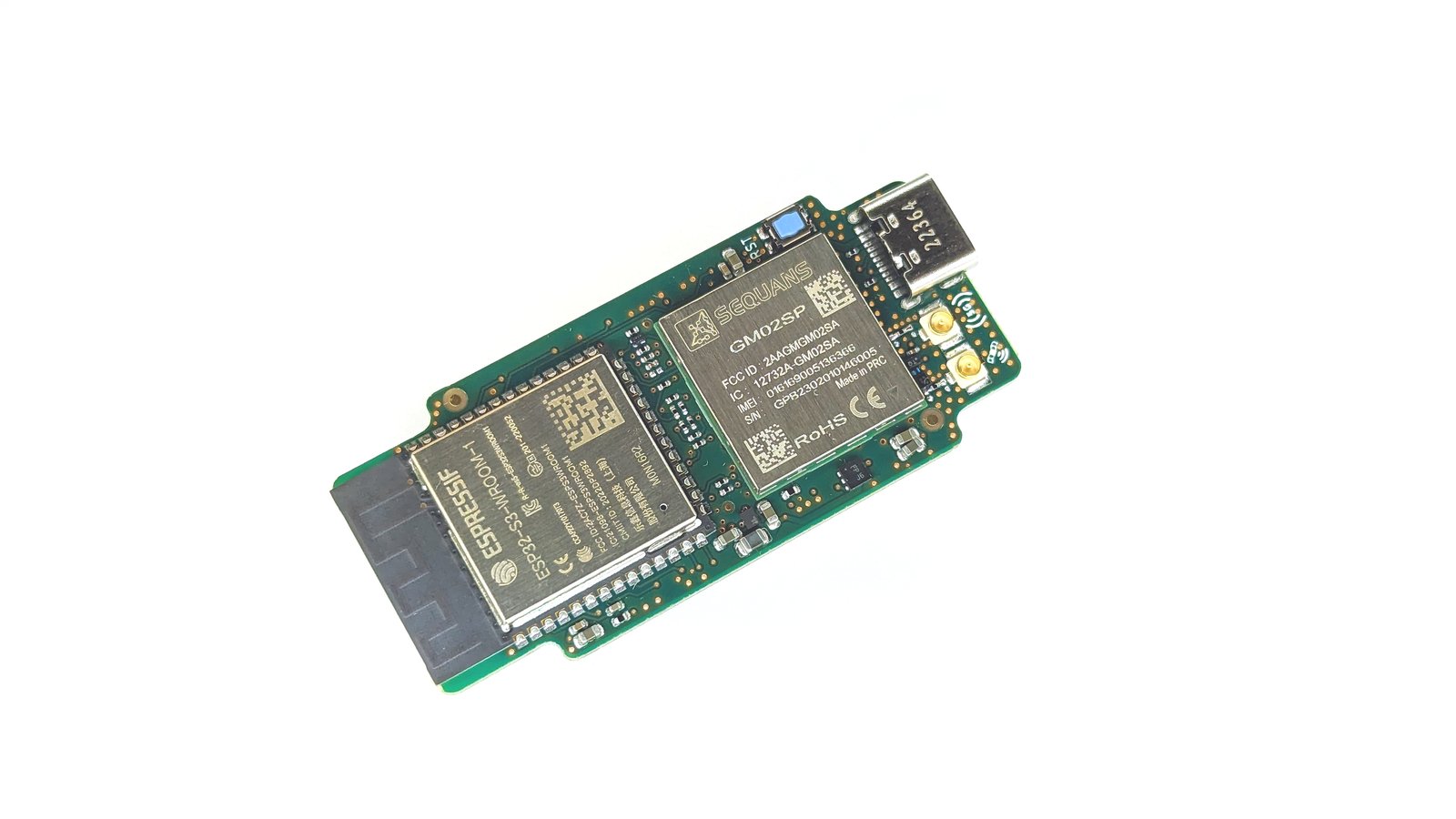- Home
- Hardware
- SDKs
- Cloud
- Solutions
- Support
- Ecosystem
- Company
- Contact
news
Meet Walter, Our New ESP32-S3-Based Friend!
Shanghai, China
Dec 15, 2023
Walter is a new ESP32-S3-based, open-source development kit with 5G LTE connectivity.
Recently, a new ESP32-S3-based, open-source development kit with 5G LTE connectivity was announced by the Belgian company DPTechnics BV. This new development kit will be available soon on the Crowd Supply platform, and you can support them here.

WiFi and Bluetooth
Walter is based on the ESP32-S3-WROOM-1-N16R2 module featuring 16MB of flash and 2MB of PSRAM, both of which are connected via the Quad-SPI peripheral.
Extended Connectivity is provided by 5G LTE.
The 5G LTE modem on Walter is the Sequans GM02SP, whicincludes cellular CAT M1/NB1/NB2 connectivity and GNSS.

Features & Specifications
- ESP32-S3-WROOM-1-N16R2 Microcontroller
- Xtensa dual-core 32-bit LX7 CPU
- 16 MiB quad SPI flash memory
- 2 MiB quad SPI PSRAM
- 150 Mbps 802.11 b/g/n Wi-Fi 4 with on-board PCB antenna
- 2 Mbps Bluetooth 5 Low Energy with on-board PCB antenna
- Sequans GM02SP 5G Modem
- Dual-mode LTE-M / NB-IoT (NB1, NB2)
- 3GPP LTE release 14 (upgradeable to release 17)
- Ultra-low, deep-sleep mode in eDRX and PSM
- Adaptive +23 dBm, +20 dBm and +14 dBm output power
- Integrated LNA and SAW filter for GNSS reception
- Assisted and non-assisted GNSS with GPS and Galileo constellations
- Integrated SIM card
- Nano SIM card slot
- u.FL RF connectors for GNSS and 5G antennas
- Inputs & Outputs
- 24 GPIO pins for application use
- UART, SPI, I2C, CAN, I2S, and SD available on any of the GPIO pins
- ADC, DAC, and PWM integrated in ESP32-S3
- 3.3 V software-controllable output
- USB Type-C connector for flashing and debugging
- 22 test points for production programming and testing
- On-board reset button
- Power Supply
- 5.0 V via USB Type-C
- 3.0 - 5.5 V via Vin pin
- Not allowed to use both power inputs simultaneously
- Designed for extremely low quiescent current
- Form Factor
- Easy to integrate via 2.54 mm headers
- 55 mm x 24.8 mm board dimensions
- Pin- and footprint-compatible with EOL Pycom GPy
- Breadboard-friendly
- Software
- Libraries for ESP-IDF
- Libraries for the Arduino ecosystem
- Libraries for Micropython
- Future support and libraries for Toit
- Natively supported in the BlueCherry.io IoT platform
- Certifications
- Industrial temperature range of -40°C to +85°C
- Pending certification for CE, FCC, Australia and New Zealand
- Designed and manufactured in the European Union
- Ten-year availability guarantee
- CE (EU), FCC (US), SDoC (AU), SDoC (NZ)
Arduino and ESP-IDF
For the time being, Arduino and ESP-IDF are supported, so you can try different examples based on either of them, such as HTTP, CoAP, MQTT, etc. You can find support for both platforms at the QuickSpot organization on GitHub.
The demo firmware that comes with the kit is based on the Arduino ESP32 core platform, with the GNSS and temperature published onto the QuickSpot platform.
You can also find more components on the IDF Component Manager.
Open-source!
This project is fully open-source and you can get all the hardware files for it. The project was created by using KiCad EDA.
This is a great way to get started with LTE-M, NB-IoT and GNSS, using the ESP32-S3 as the main MCU.
You can find more details about it on the QuickSpot website.


 LinkedIn
LinkedIn 微信
微信
 Twitter
Twitter Facebook
Facebook
